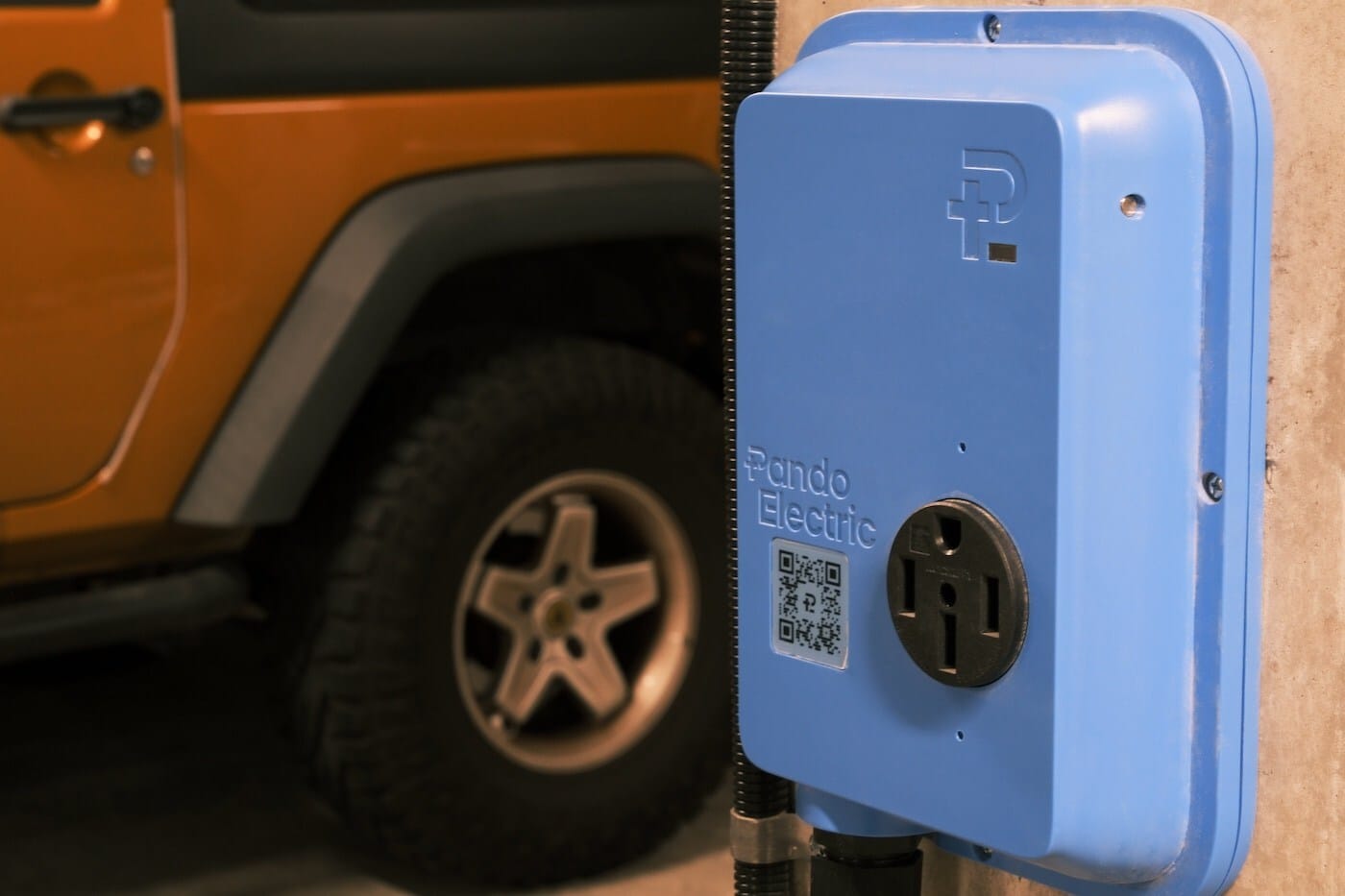CA to Require EV Charging for all New Residential Units in 2026
California’s new building codes, set to take effect in 2026, will require electric vehicle (EV) chargers in most new overnight parking spaces, addressing a significant issue for EV owners—charging infrastructure. One of the key advantages of electric vehicles is the convenience of charging at home, where the car is parked for several hours each day. However, this benefit primarily applies to those with personal parking spaces like a garage or driveway. For apartment dwellers or those without dedicated parking, charging can be a challenge, as solutions have so far been inconsistent.
To resolve this, the new California building codes will require that at least one parking space per unit in multi-family developments, such as apartments and condos, be “EV Ready.” An EV Ready space must have a 240V/20A outlet or a charger (such as NEMA 6-20, 14-30, or 14-50 or a J1772 or NACS charger). In cases where parking spaces are shared, the new codes allow power-sharing systems, as long as each unit can still receive a minimum of 3.3kW simultaneously. If a unit has its own dedicated space, it must be wired separately to that unit’s electrical panel, “when feasible.” In addition, if there are more parking spaces than units, at least 25% of the extra spaces must also be EV ready.
The new rules don’t just apply to residential developments but also extend to hotels and non-residential parking lots. New hotels must have 65% of their parking spaces EV ready, with the option for cities to increase this to 100%. For commercial, office, or retail parking lots, 20% of spaces must be EV ready, with a potential increase to 30% or 45%, depending on local regulations. Property owners can install DC fast charging stations to gain “extra credit” and reduce the number of lower-powered spaces needed.
The regulations will also apply to renovations or expansions of existing developments, meaning older buildings will gradually be required to add EV charging infrastructure when they make changes to their parking facilities. This includes new solar canopy parking projects, which must also incorporate EV chargers, though retrofitting existing parking lots for Level 1 charging is exempt from certain power requirements.
These changes have been widely praised by environmental and advocacy groups, such as the EV Charging for All Coalition (EVCAC), which helped push for the new regulations. The rules were finalized with a unanimous vote and are expected to significantly increase the availability of EV charging in California. With the state’s goal of transitioning to all-electric vehicles by 2035, these building code updates are seen as a crucial step to ensure there will be adequate charging infrastructure to support the growing number of electric cars on the road.

Pando Electric Specializes in Multifamily Charging
Pando Electric is a company that focuses on providing electric vehicle (EV) charging solutions, particularly for multifamily buildings. They aim to address one of the biggest challenges for EV adoption: providing easy and accessible charging for residents who live in apartments or other multifamily housing. These types of housing are often underserved when it comes to EV charging infrastructure, as residents typically do not have personal garages or driveways where they can install charging stations.
Pando Electric offers tailored solutions for multifamily buildings, helping property owners and managers install the necessary infrastructure to make their parking spaces “EV Ready.” Their approach often includes installing EV charging stations that are adaptable to the needs of the building, whether through shared charging systems, individual chargers for specific units, or the integration of more efficient, lower-power solutions.
For multifamily buildings, charging solutions can be complex, as residents may not have dedicated parking spaces, and infrastructure changes to accommodate EV charging can be costly and complicated. Pando Electric’s focus on cost-effective, scalable solutions helps to address these issues, offering property owners a way to provide convenient charging options for tenants while keeping costs manageable. They also often work with utility companies to help provide incentives and reduce the overall cost of installation.
In addition to the technical installation, Pando Electric also emphasizes smart management systems, ensuring that the use of charging infrastructure is efficient and equitable. This may include solutions such as load-sharing systems, where power is distributed between multiple chargers to ensure the electrical grid can handle the demand without requiring costly upgrades. By offering a mix of infrastructure and software solutions, Pando Electric helps make EV charging more accessible and practical for residents of multifamily buildings.

Aaron Li, CEO of Pando Electric, said: “California’s new building codes are a groundbreaking step forward for EV adoption. By ensuring that new parking spaces are EV-ready, we’re making home charging accessible to more people, especially those in multi-family housing. This will help accelerate the transition to electric vehicles and move us closer to a sustainable, electrified future for all.”
With California’s new building codes requiring EV-ready parking spaces in most new multifamily developments, companies like Pando Electric play an essential role in ensuring that multifamily housing can meet the demand for EV charging infrastructure, helping to further accelerate the adoption of electric vehicles. EVinfo.net highly recommends Pando Electric.
